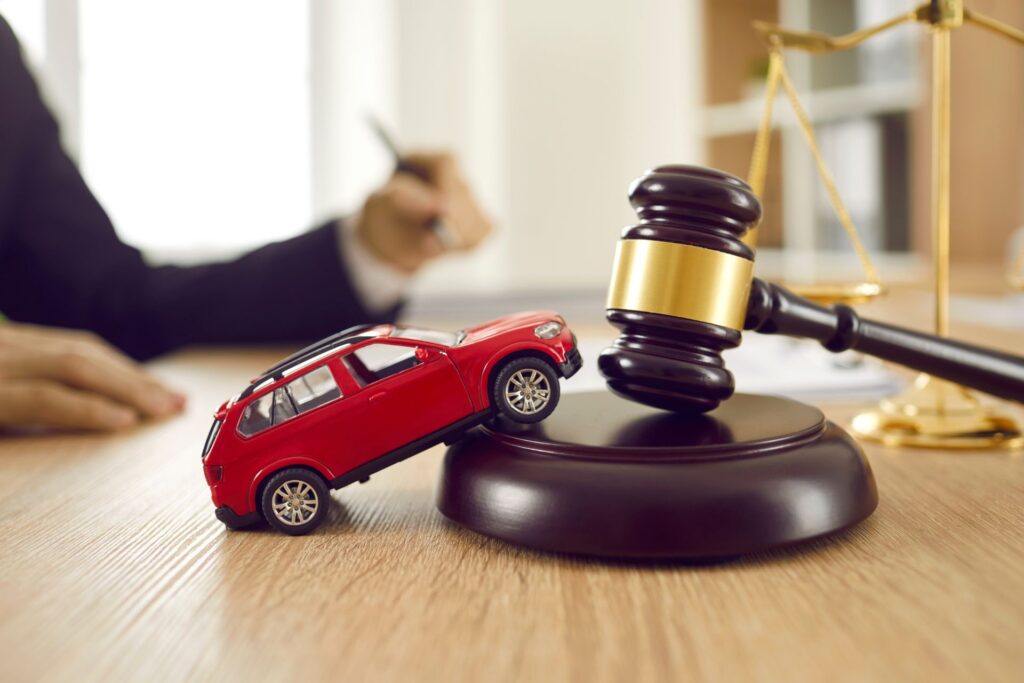Now Reading: How Do I Prove My Personal Injury Claim?
-
01
How Do I Prove My Personal Injury Claim?

How Do I Prove My Personal Injury Claim?
Suffering a personal injury can be a distressing experience, both physically and emotionally. When seeking compensation for your injuries, it is crucial to understand how to prove your personal injury claim effectively. This article will provide valuable insights and guidance on the necessary steps to establish a strong case. From gathering evidence to establishing liability, we will explore the key elements required to increase your chances of success.
Gathering Evidence for Your Personal Injury Claim
To prove your personal injury claim, it is essential to gather compelling evidence that supports your case. Here are some crucial steps to consider:
Medical Records:
Seek immediate medical attention after the incident, even if your injuries appear minor. Comprehensive medical documentation detailing your injuries, treatment, and prognosis can significantly strengthen your claim.
Photographs and Videos:
Visual evidence, such as photographs or videos of the accident scene, can be powerful tools. Capture any visible injuries, property damage, hazardous conditions, or contributing factors that caused the accident.
Eyewitness Testimonies:
Collect contact information from any witnesses present at the scene of the accident. Their testimonies can provide valuable corroboration of the events leading to your injury.
Police Reports:
If law enforcement responded to the incident, obtain a copy of the official police report. It typically contains vital information, including statements from involved parties and any citations issued.
Expert Opinions:
In some cases, consulting with expert witnesses, such as accident reconstruction specialists or medical professionals, can provide specialized insights that bolster your claim.
Establishing Liability in Your Personal Injury Claim
Proving liability is a crucial aspect of any personal injury claim. Here are essential considerations when establishing fault:
Negligence:
Most personal injury claims are based on the concept of negligence. To prove negligence, you must establish that the defendant had a duty of care, breached that duty, and that breach directly caused your injuries.
Duty of Care:
Determine whether the defendant owed you a duty of care. For example, a driver has a duty to operate their vehicle safely and responsibly to prevent harm to others on the road.
Breach of Duty:
Demonstrate how the defendant breached their duty of care. This can be done by presenting evidence that shows their actions or inactions deviated from the standard expected of a reasonable person under similar circumstances.
Causation:
Establish a clear link between the defendant’s breach of duty and your injuries. It is crucial to demonstrate that the defendant’s actions or negligence directly caused or contributed to your harm.
Comparative Fault:
Be prepared for the possibility that the defendant may argue comparative fault, alleging that your own actions contributed to the accident. Consult with your attorney to understand how this may affect your claim in your specific jurisdiction.
Documentation and Legal Representation
In addition to gathering evidence and establishing liability, there are additional steps you can take to strengthen your personal injury claim:
Detailed Documentation:
Maintain a comprehensive record of all relevant documents, including medical bills, lost wages, property damage receipts, and any other expenses resulting from your injury. These records can substantiate the financial impact of the incident.
Statute of Limitations:
Familiarize yourself with the statute of limitations for personal injury claims in your jurisdiction. Missing the filing deadline could result in the dismissal of your case. Seek legal advice promptly to ensure compliance with applicable time limits.
Consult with an Attorney:
Engaging an experienced personal injury attorney can significantly improve your chances of success. A skilled attorney can guide you through the legal process, negotiate with insurance companies, and represent your best interests in court, if necessary.
Settlement Negotiation:
Before resorting to litigation, explore the possibility of settling your claim through negotiation. Your attorney can help determine a fair settlement amount based on the extent of your injuries, medical expenses, and other relevant factors.
Proving your personal injury claim requires a systematic approach and a thorough understanding of the legal process. By gathering compelling evidence, establishing liability, and seeking professional guidance, you can strengthen your case. Remember to maintain detailed records, adhere to filing deadlines, and hire a personal injury lawyer in Los Angeles who can provide expert advice and represent your interests. With careful preparation, you can increase your chances of obtaining the compensation you deserve for your injuries and losses.

How does one combine a passion for journalism with a strong sense of justice? For Crystal, the choice was simple: legal journalism. Born and raised in a family of attorneys but wanting to approach the law from an investigative angle, Crystal decided that people would not hear her voice in the court, but online, in magazines, journals, and other platforms. When she is not studying active lawsuits closely to report on them, she writes public-friendly articles detangling the complicated threads representing the American legal system.









